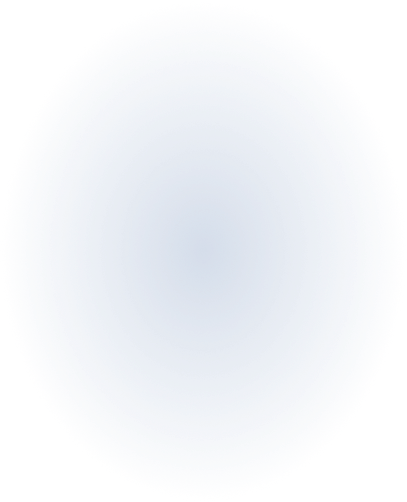Eye Injections for AMD Treatment: A Retina Specialist Answers Your Questions
Written By: BrightFocus Editorial Staff



Written By: BrightFocus Editorial Staff

A retina specialist answers common questions about injection treatments for wet macular degeneration.
Priyatham S. Mettu, MD, is a Duke University retina specialist testing new treatments and imaging technologies for age-related macular degeneration (AMD). As a guest speaker at a March 2018 BrightFocus Chat, AMD: Your Questions Answered, Dr. Mettu responded to several questions on eye injections as a treatment for wet AMD.
In wet AMD, abnormal blood vessels can grow behind the macula (called choroidal neovascularization). Fragile vessels can leak fluid and blood, which distorts vision. The condition can be treated with injections of angiogenesis inhibitors into the eye, which block the activity of vascular endothelial growth factor (VEGF), a protein that promotes blood vessel growth. A patient might receive regular injections over a long period.
Dr. Mettu notes that “on a short-term basis, the main side effects that patients can get are typically related to the injection, and that might involve a little bit of short-term discomfort at the site of the injection or a little bit of redness or bleeding.”
The news on long-term side effects is generally positive. “The fortunate thing is that if we’re talking about the health of the eye, the side effects of long-term sustained treatment are actually quite favorable,” notes Dr. Mettu. “For most patients, the treatment with anti-VEGF shots for many years is safe and very well tolerated.”
Injection medications have been around for more than twelve years, says Dr. Mettu, and “all of the available data looking at patients who’ve had treatment for seven to ten years suggest that patients can receive these injections with very few ill side effects.”
Are there alternative treatments to “the dreaded needle,” as one caller put it? Dr. Mettu also acknowledges that there is a “treatment burden” with injections:
Dr. Mettu predicts there will be a host of new treatment opportunities in the future, around extended-release treatments. The mechanism of action will be similar to some of our currently available treatments, but they will last longer, he says.
For injections, “the goal would be that instead of having to come in every month for a shot, you may come in once every six months to get a shot. That doesn’t quite take away the needle, but at least it decreases the frequency of it.”
Other research initiatives are looking into the possibility of eye drops for AMD treatment, notes Dr. Mettu, but that research is still in the very early stages.
Other questions concerned when a person might stop injection treatments, or at least reduce their frequency if vision has improved. Dr. Mettu cautioned against decreasing injection treatment prematurely.
“I think the biggest problem facing our patients is under-treatment, meaning that they’re not getting enough shots. All of the studies now show that, on average, patients need between six to eight shots a year. Some patients may need fewer, some patients more, but long-term, sustained treatment is important for disease control.
“When you stop the shots, for the vast majority of patients that increases the risk that vision loss will happen either gradually over time or could happen suddenly in the event of having a significant bleed inside the eye. So, maintaining a regular schedule of treatment to suppress the disease is critically important for maintaining long-term good vision.”
Another way Dr. Mettu describes the goal of injections is to make wet AMD go dormant with this treatment. That means:
“Our strategy is typically to inject once a month for the first three months and then reevaluate and say, ‘Have we completely suppressed the disease activity, or is there still active disease?’ If we’ve suppressed the disease activity, we can gradually extend the interval between shots. That approach, used by most retina specialists, is called “treat and extend,” notes Dr. Mettu.
If there is still active disease after the initial three treatments, doctors consider alternative approaches, which vary by retina specialists. These may include switching to another type of anti-VEGF medication, or to certain types of laser treatments as an adjunct to other treatment.
While medical scientists search for more effective and less burdensome AMD treatments, Dr. Mettu reminds us of the purpose of eye injections for wet AMD:
“The long-term goal is to try to use just enough treatment to suppress the disease and manage the treatment burden.”
BrightFocus Foundation is a premier global nonprofit funder of research to defeat Alzheimer’s, macular degeneration, and glaucoma. Through its flagship research programs — Alzheimer’s Disease Research, Macular Degeneration Research, and National Glaucoma Research— the Foundation has awarded nearly $300 million in groundbreaking research funding over the past 51 years and shares the latest research findings, expert information, and resources to empower the millions impacted by these devastating diseases. Learn more at brightfocus.org.
Disclaimer: The information provided here is a public service of BrightFocus Foundation and is not intended to constitute medical advice. Please consult your physician for personalized medical, dietary, and/or exercise advice. Any medications or supplements should only be taken under medical supervision. BrightFocus Foundation does not endorse any medical products or therapies.
